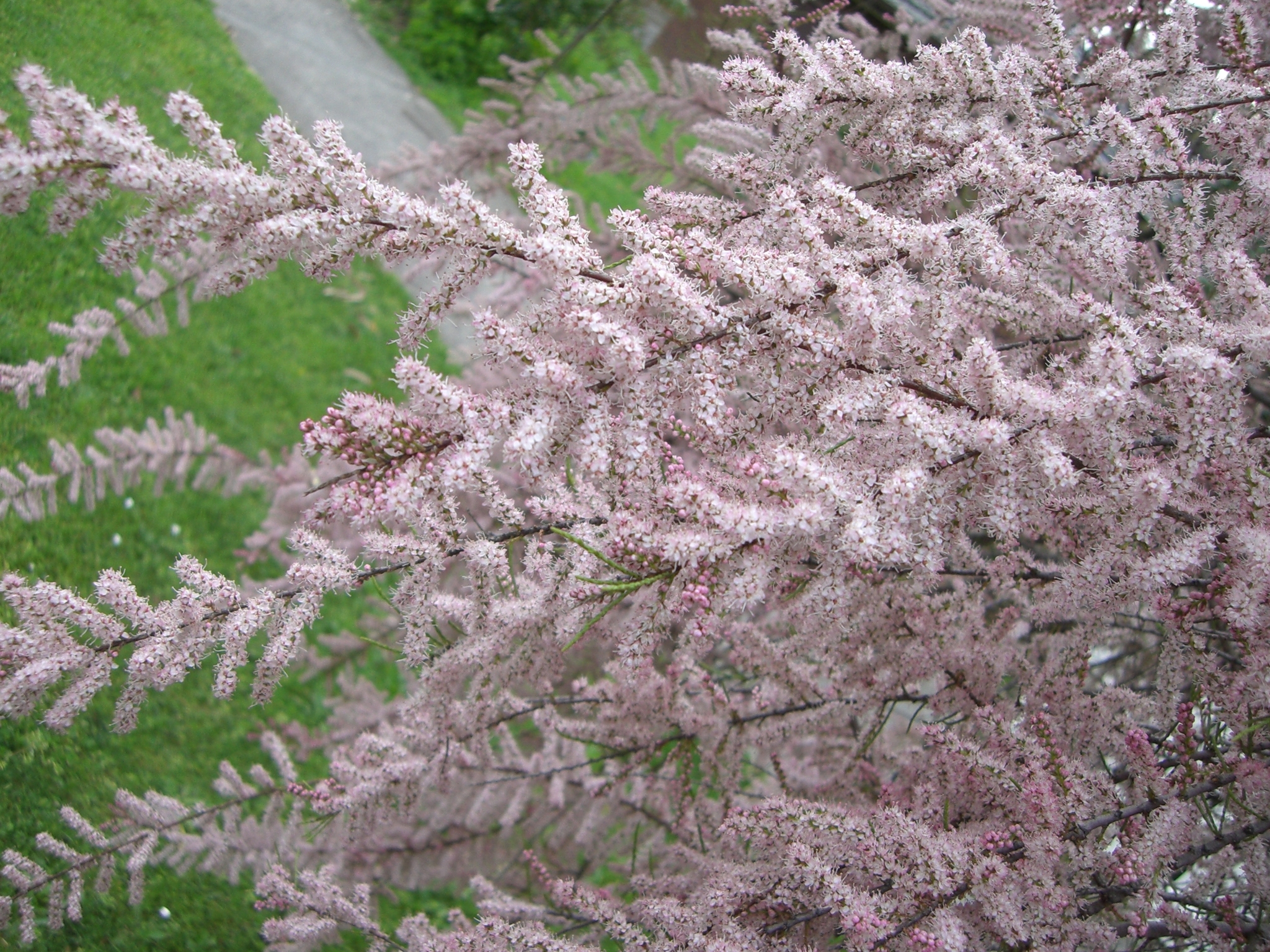
Heathlike, mostly evergreen shrubs and small trees. Branches slender. Leaves mostly stalkless, small and scale-like, alternate and with salt-secreting glands; stipules absent. Flowers bisexual, rarely unisexual, small, solitary or in spike-like clusters. Sepals 4 or 5, rarely fused at the base. Petals 4-5, free, alternating with the sepals and generally attached, with the stamens, to a fleshy nectary disk. Stamens usually twice the number of petals (sometimes numerous) and fused into 5 bundles. Carpels (2)3-4(5). Ovary superior, with 1 chamber and few-many ovules with parietal or basal placentation. Fruit a capsule splitting longitudinally. Seeds hairy or with hairs in tuft at the tip.
Grows naturally chiefly in sandy and salty areas, dry desert, or coastal situations.
Dyes, medicinal uses, manna and tannins from galls.
Cultivated species with Casuarina- or cypress-like branches and branchets.
5 genera and about 88 species from temperate and subtropical Eurasia and Africa with most species in the Mediterranian to C Asia region.
Source: (1997). Tamaricaceae. In: . Horticultural Flora of South-eastern Australia. Volume 2. Flowering plants. Dicotyledons. Part 1. The identification of garden and cultivated plants. University of New South Wales Press.
